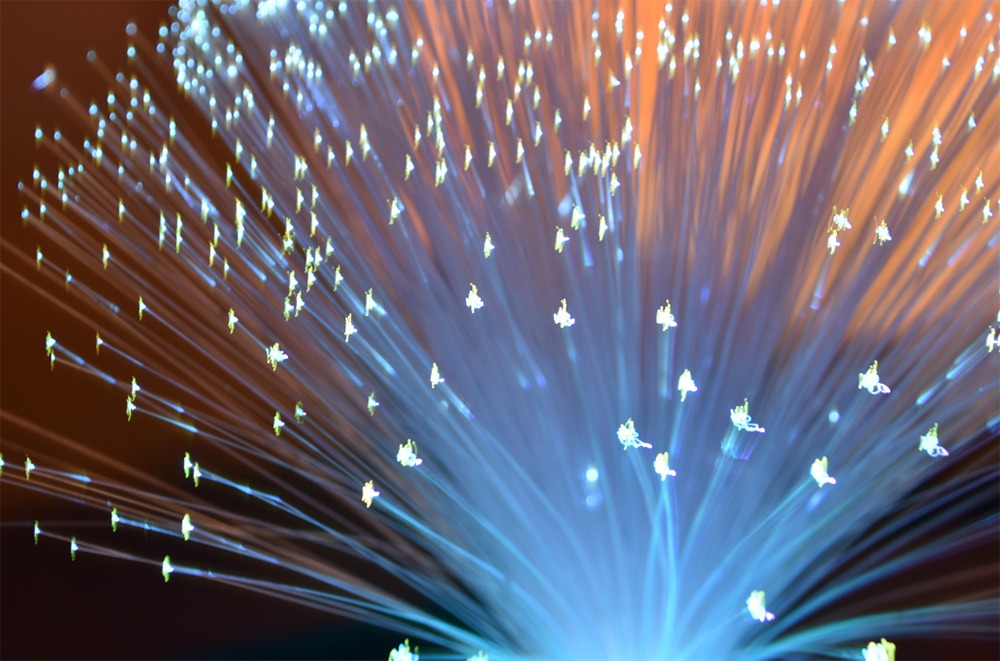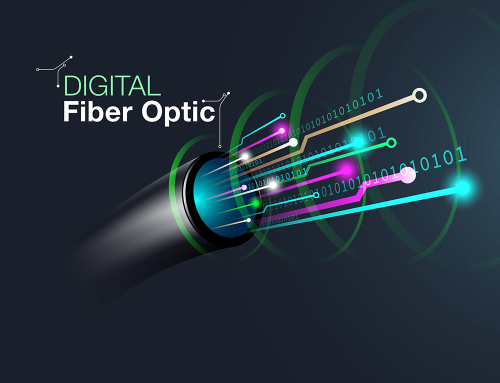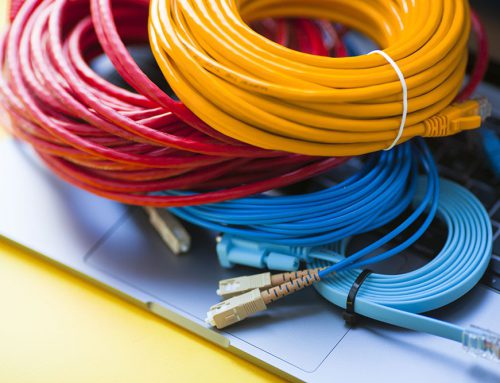Amidst all of the technological advancements that we are surrounded by, there is one that certainly resonates everywhere. We hear about it all the time, but we may not really know what it is about. Fibre-optic cabling. What is it? Here we are going to show you everything you need to understand what it is about.
What is Fibre-Optic Cabling?
In the simplest of terms, fibre-optic cabling is a type of cable that carries information in the form of light pulses, or photons. A good analogy to think about this is the following: Think about aqueducts. They carry water that is distributed to every place within a certain community. To an extent, we can relate how fibre works to this phenomenon. Optic cabling carries out the information that electronic devices emit in the form of electrical pulses, transforms it, and sends it via light pulses that enable you to do many things with it. Here are some of the fantastic things fibre-optic cabling is able to do:
- Single-mode fibre can carry 178 terabits per second of information
- It can process 25,000 phone calls
- It can broadcast around 100 million Zoom meetings
- It can be used for medical equipment
- It can be used for military equipment too!
How Does Fibre-Optic Cabling Work?
In short, fibre-optic cabling works in the following way: The light pulses that we have already mentioned, are transmitted along with the fibre in the form of modes. A mode is a rather formal expression to refer to the pathway the beam of light carries within the fibre. It can be carried in a straight way via single-mode transmission, or it can also bounce on the inner walls, or the core of the cable, at an approximate angle of 42 degrees, also known as multi-mode transmission.
In general terms, Internet and cable TV service providers use single-mode fibre-optic cabling in bundles due to its convenience, as a single-mode fibre can send information up to an approximate distance of 100 kilometres, or 60 miles.
Advantages of Fibre-Optic Cabling vs. Traditional Copper Cabling
We can find numerous advantages in reflection to the use of fibre-optic cabling since it contains diverse features that make its use optimal for telecommunications. Some are the following:
- Less attenuation or signal loss
- No electromagnetic interference (interference between devices)
- Larger bandwidth that allows transporting more information with a same-diametre cable
Where Can You Get Fibre-Optic Cabling?
As you have noticed, the use of fibre-optic cabling holds a large number of advantages in comparison to traditional copper cabling. At Southeastern Telecommunication Services we provide many telecom solutions that suit your needs, from single-mode cabling (OS1/OS2) to laser-optimized multi-mode cabling (OM3/OM4.)





